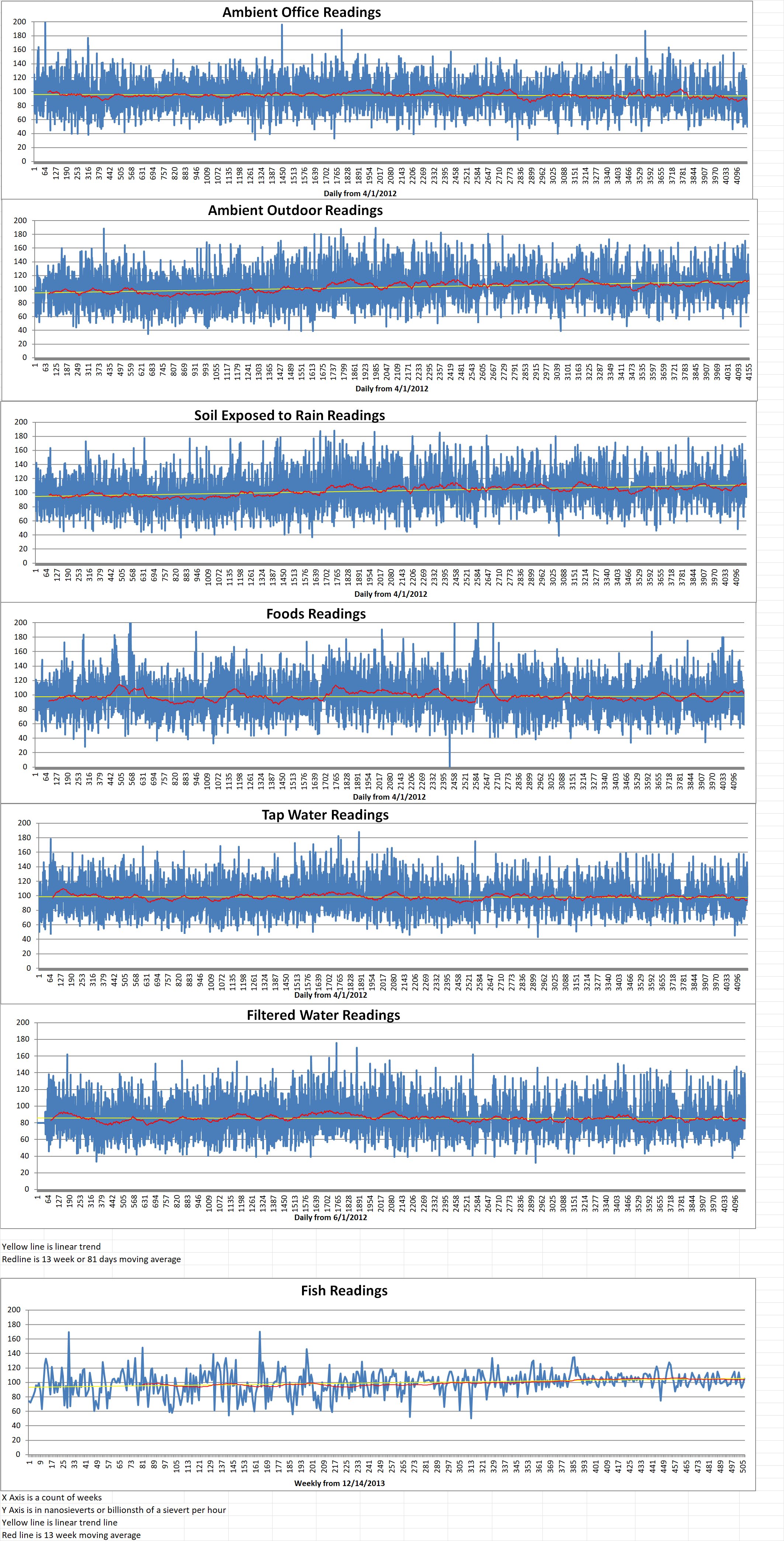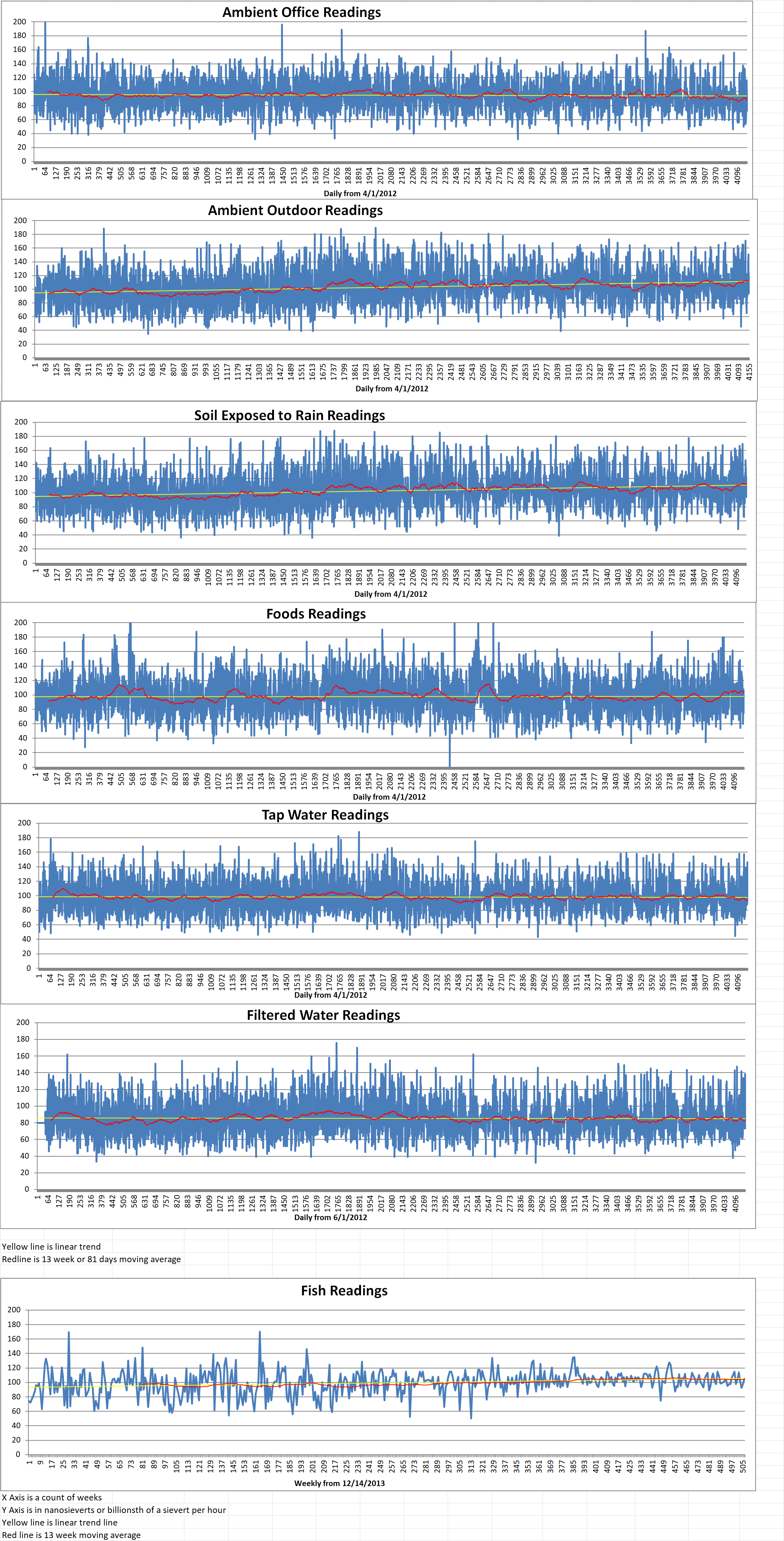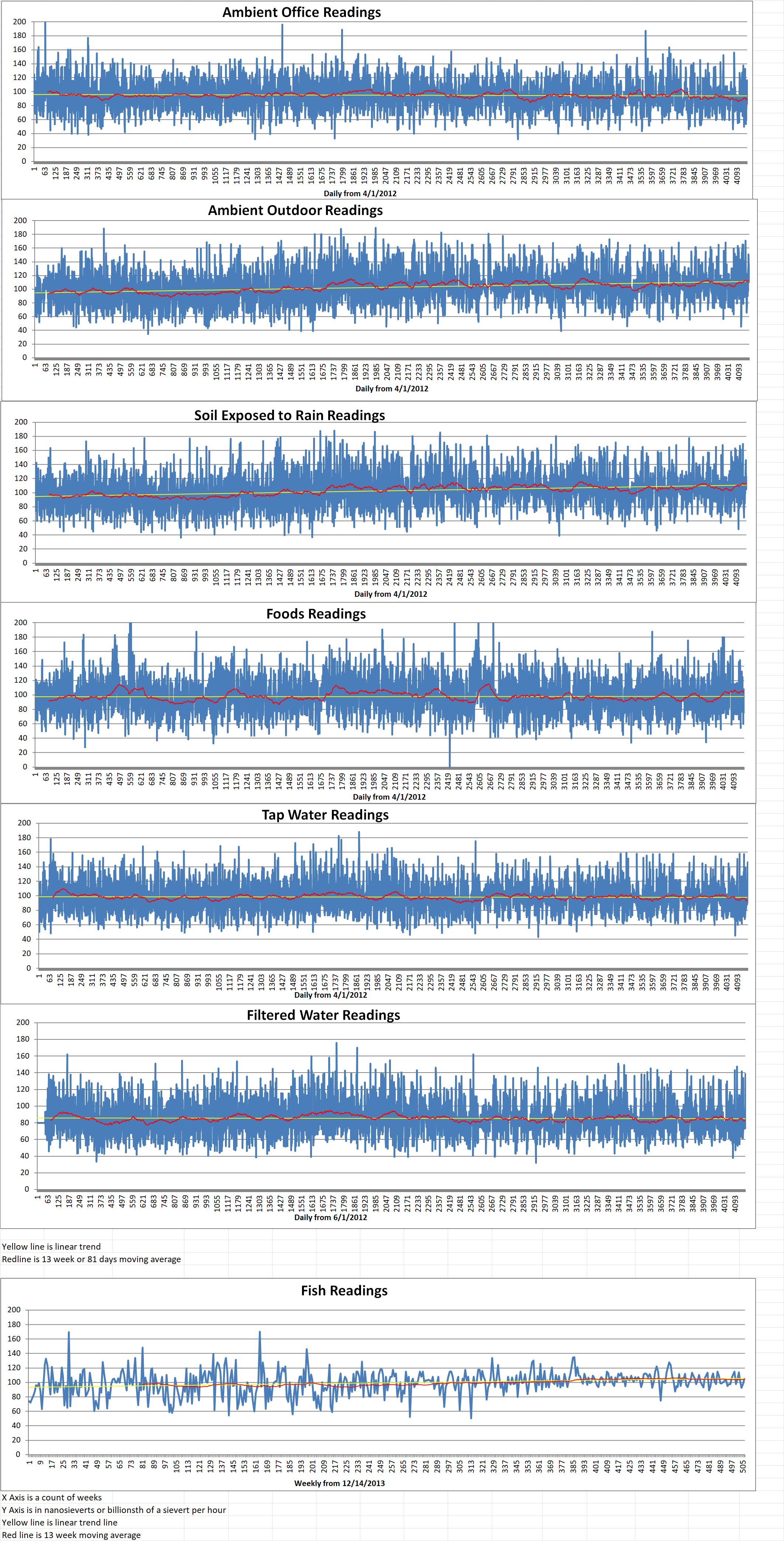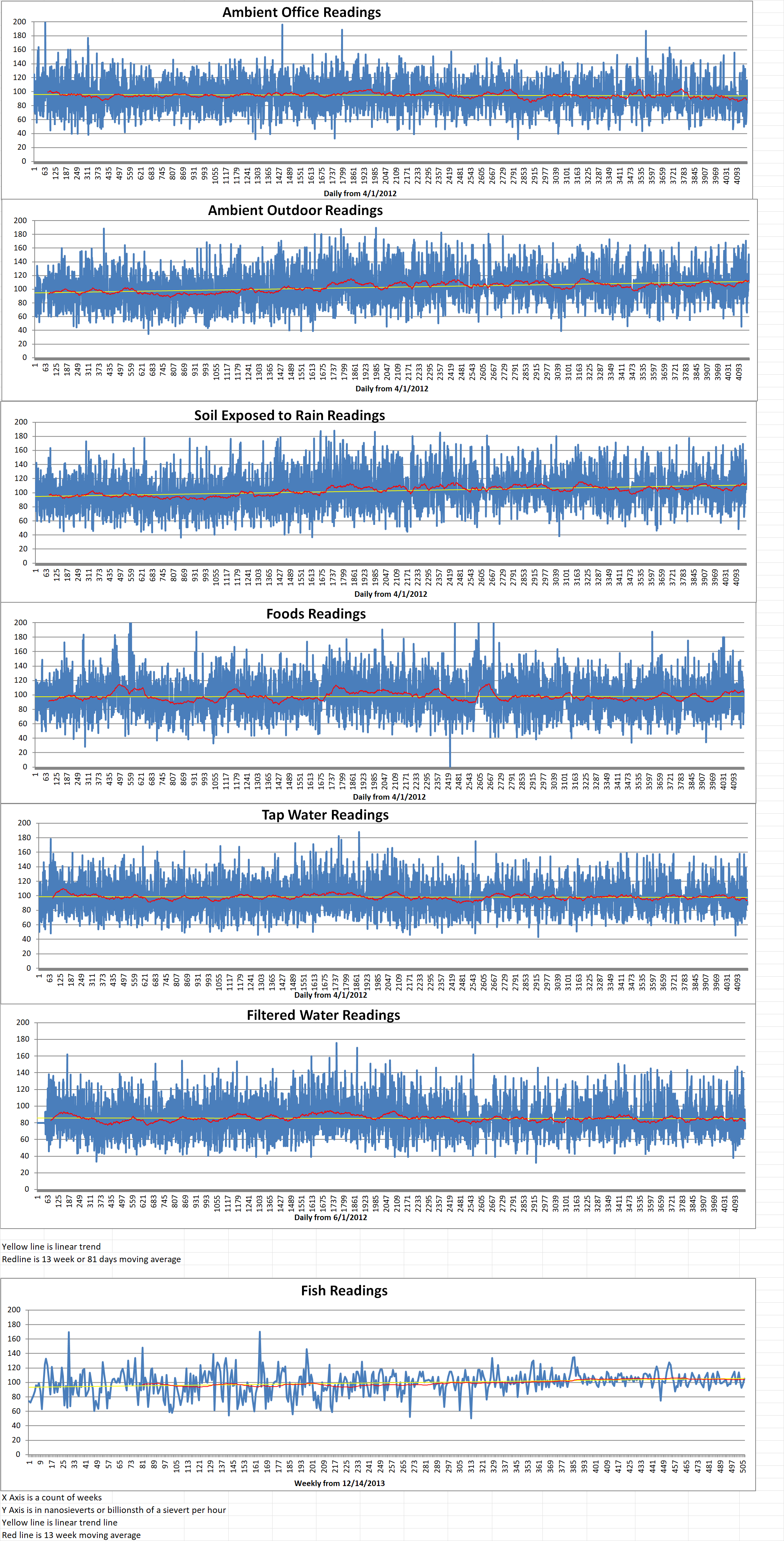Part 2 of 2 Parts (Please read Part 1 first)
Yves Desbazeille continued, “There are several challenges which need to be tackled to ensure the smooth deployment of SMRs in Europe. Therefore, we are delighted that the commission is moving ahead with this alliance in order to work on viable solutions to overcome these challenges.”
Urenco was actively engaged in the creation of the European SMR Pre-Partnership. It welcomed the launch of the Industrial Alliance. “The increased global demand to reduce emissions and strengthen energy security is increasing the focus on new nuclear technologies such as SMRs and AMRs, as well as the fuels needed to power them. The alliance will help to further increase confidence in the sector by facilitating the necessary conditions across the supply chain to accelerate the development of these new technologies in a safe, efficient, and secure manner, and Urenco looks forward to supporting the Alliance through the relevant working groups.”
The announcement of the launch of the Industrial Alliance for SMRs followed the publication by the Commission of a detailed impact assessment on possible pathways to reach the agreed goal of making the European Union climate neutral by 2050. The EU’s 2030 climate goal is to reduce net greenhouse gas emissions by at least 55% relative to 1990 levels. Based on the latest impact assessment, the European Commission recommends a 90% net greenhouse gas emissions reduction by 2040 compared with 1990 levels, launching a discussion with all stakeholders. A legislative proposal will be made by the next Commission, after the European election. It must be agreed with by the European Parliament and Member States as required under the EU Climate Law.
The commission said, “Today’s communication also sets out a number of enabling policy conditions which are necessary to achieve the 90% target. They include the full implementation of the agreed 2030 framework, ensuring the competitiveness of the European industry, a greater focus on a just transition that leaves no one behind, a level playing field with international partners, and a strategic dialogue on the post-2030 framework, including with industry and the agricultural sector.”
The commission added, “Setting a 2040 climate target will help European industry, investors, citizens and governments to make decisions in this decade that will keep the EU on track to meet its climate neutrality objective in 2050. It will send important signals on how to invest and plan effectively for the longer term, minimizing the risks of stranded assets … It will also boost Europe’s resilience against future crises, and notably strengthen the EU’s energy independence from fossil fuel imports, which accounted for over 4% of GDP in 2022 as we faced the consequences of Russia’s war of aggression against Ukraine. The costs and human impacts of climate change are increasingly large, and visible.”
The Commission noted that the energy sector is expected to achieve full decarbonization shortly after 2040, “based on all zero and low-carbon energy solutions, including renewables, nuclear, energy efficiency, storage, CCS, CCU, carbon removals, geothermal and hydro”.







